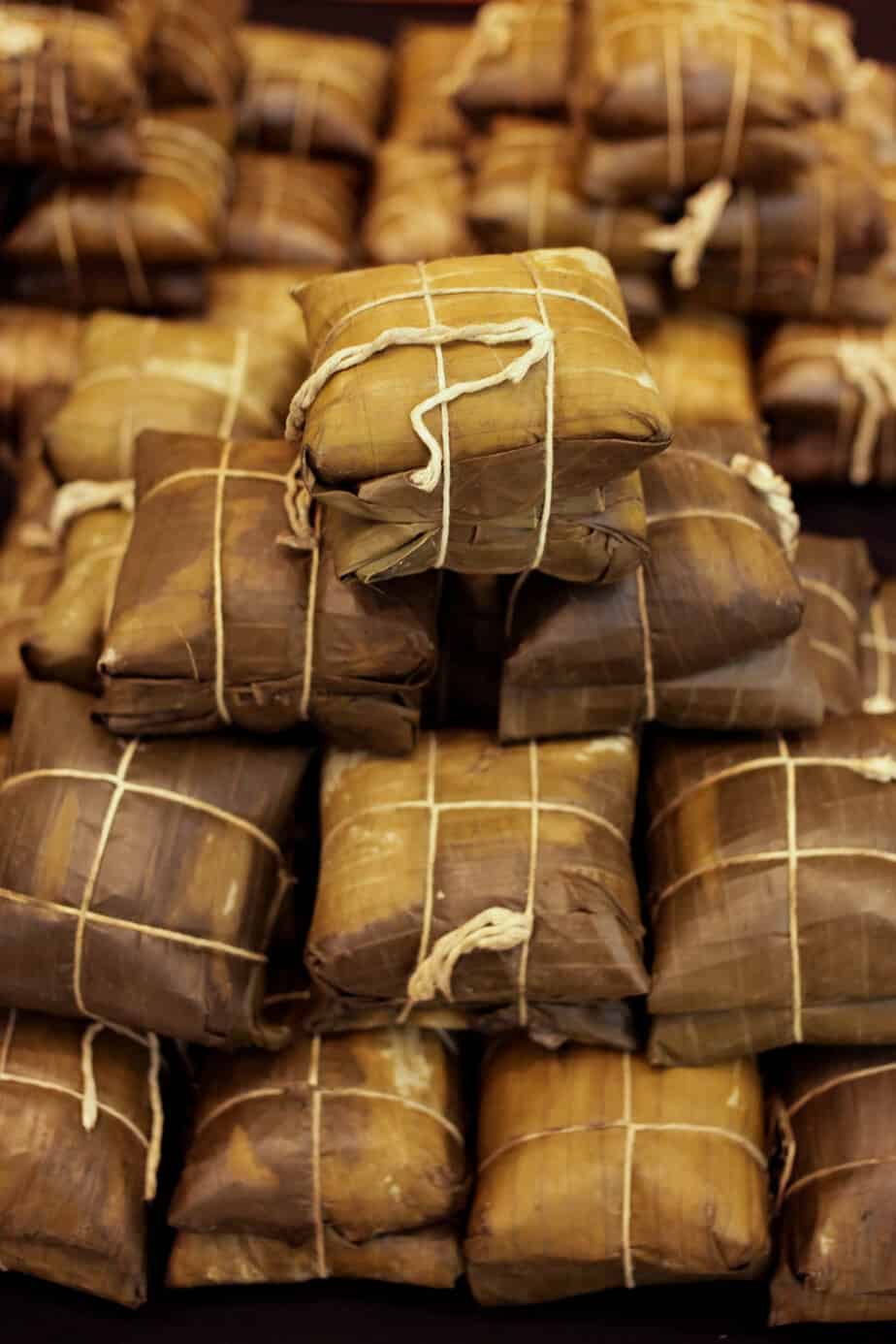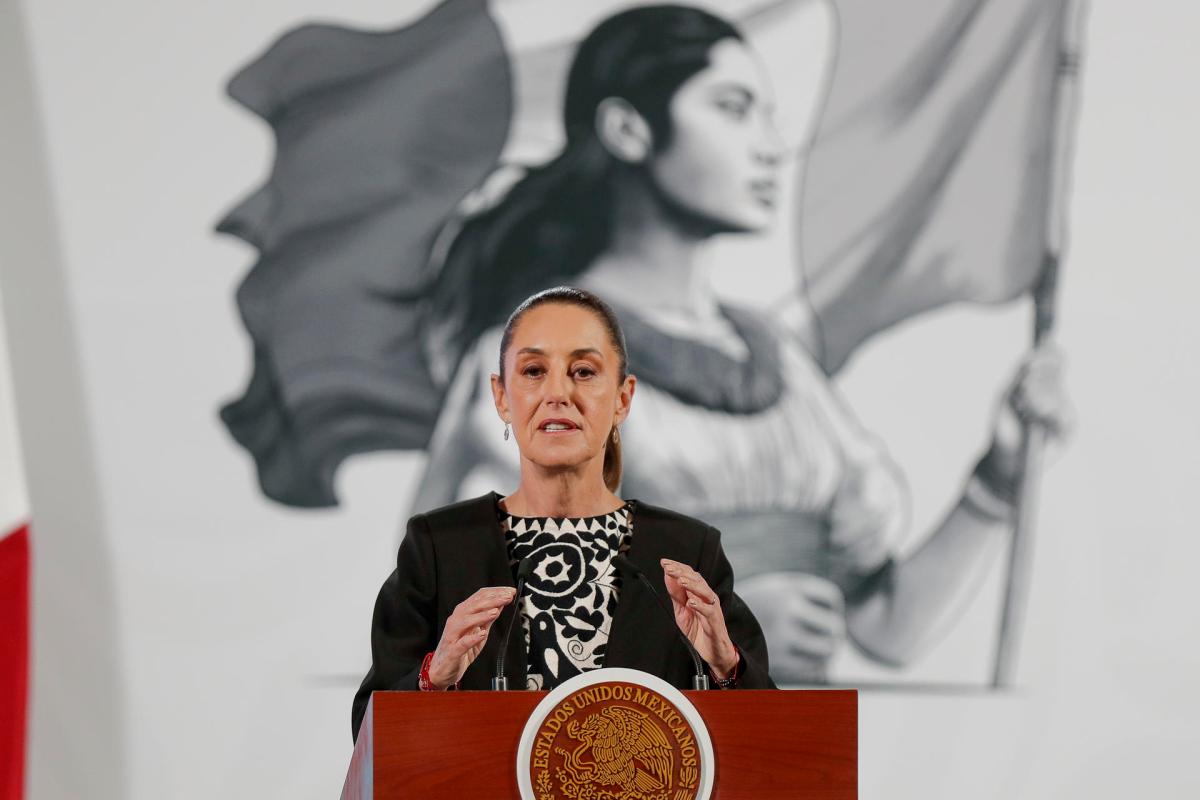Q COSTARICA — On February 1, 2026, in seven months, Costa Ricans will be deciding at the polls who will be the next president of Costa Rica.
Although it is still too early to predict a winner, it is clear that none of the candidates are ruled out.
In the last three presidential elections, Luis Guillermo Solís, Carlos Alvarado, and Rodrigo Chaves were all below the polling margin of error at some point in the campaign, meaning they were never favorites and ultimately won overwhelmingly in a second round against the candidates of the Partido Liberación Nacional (PLN) and Nueva Republica.
– Advertisement –
To date, there are 12 presidential candidates, including Laura Fernández of the Chavista party.
In all cases, insecurity, employment, the health crisis, and urban mobility problems are the issues that most concern the candidates.
“We must have the intelligence and courage not only to confront, but to build lasting solutions with real results.” says Natalia Díaz, a candidate for the Unidos Podemos party, who presents herself as the next step after the government of Rodrigo Chaves.
A huge free trade zone
For his part, Juan Carlos Hidalgo of the Patido Unidad Social Cristiana (PUSC) dreams of turning Costa Rica into a huge free trade zone and thus bringing development to every corner of the country.
“We have to align the definitive regime with the special regime, but not by eliminating the free trade zones, as some would like, but rather by making all of Costa Rica a free trade zone,” said Hidalgo.
– Advertisement –
For his part, Luis Amador of Partido Progreso Social Democrático (PPSD) – the party that won the presidency in 2022 through the candidacy of Rodrigo Chaves – speaks of “using grandma’s jewels” to generate more resources by exploiting natural gas and the beachfront so that the State has more money.
Finally, Claudia Dobles of the Partido Acción Cuidadana (PAC) – wife of former President Carlos Alvarado – dreams of a US$1.5 billion electric train, and Ariel Robles of the Frente Amplio (FA) announces a national dialogue to seek solutions to the crises in education, security, and health, while pointing out that the Ministry of Finance cannot continue to dictate education policy.
Registration with the Tribunal Supremo de Elecciones (TSE) for the 2026 presidential elections will close on October 17. Thus, all the presidential candidates already known are pre-candidates until the TSE closes the registration process.
The presidential candidates already known listed alphabetically:
– Advertisement –
- José Aguilar Avanza
- Fabricio Alvarado***
- Claudio Alpízar Esperanza
- Luis Amado
- Natalia Díaz**
- Claudia Dobles
- Laura Fernández*
- Eliécer Feinzaig**
- Juan Carlos Hidalgo
- Álvaro Ramos
- Ariel Robles**
- Fernando Zamora
* Has not yet confirmed her participation
** Ran in 2022
*** Perennial candidate who wants to be president some day
Presidential elections
Every four years, Costa Ricans choose through elections the president, two vice-presidents, and the members of the legislature. The president and vice-presidents serve four-year terms and are directly elected by the people. The Legislative Assembly has 57 members who also serve four years, elected through a system where political parties present ranked lists of candidates, and seats are distributed based on each party’s share of the vote in the country’s seven provinces.
The President of Costa Rica is chosen through a tweaked two-round setup: a candidate needs to get at least 40% of the vote to win right away. If nobody hits that mark, the top two vote-getters face off in a runoff.
From 1969 and 2005, presidents were not allowed to run for reelection. But when the Supreme Court struck down that ban in 2005, it opened the door for former presidents to run again — as long as they waited at least eight years after their term ended.
While voting is technically required for all registered citizens under the country’s constitution, this rule isn’t actually enforced.
– Advertisement –
Source link
Rico



